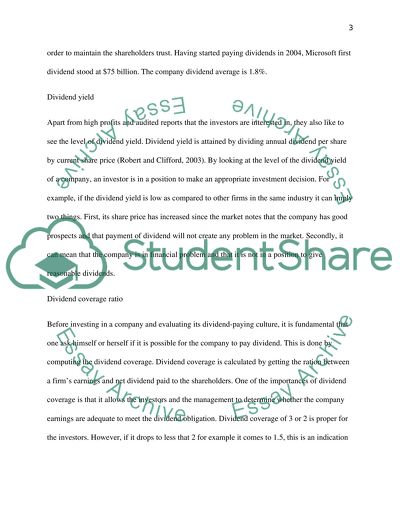Cite this document
(“Does it matter whether or not firms pay dividends Essay”, n.d.)
Does it matter whether or not firms pay dividends Essay. Retrieved from https://studentshare.org/finance-accounting/1635416-choose-one-topic
Does it matter whether or not firms pay dividends Essay. Retrieved from https://studentshare.org/finance-accounting/1635416-choose-one-topic
(Does It Matter Whether or Not Firms Pay Dividends Essay)
Does It Matter Whether or Not Firms Pay Dividends Essay. https://studentshare.org/finance-accounting/1635416-choose-one-topic.
Does It Matter Whether or Not Firms Pay Dividends Essay. https://studentshare.org/finance-accounting/1635416-choose-one-topic.
“Does It Matter Whether or Not Firms Pay Dividends Essay”, n.d. https://studentshare.org/finance-accounting/1635416-choose-one-topic.


